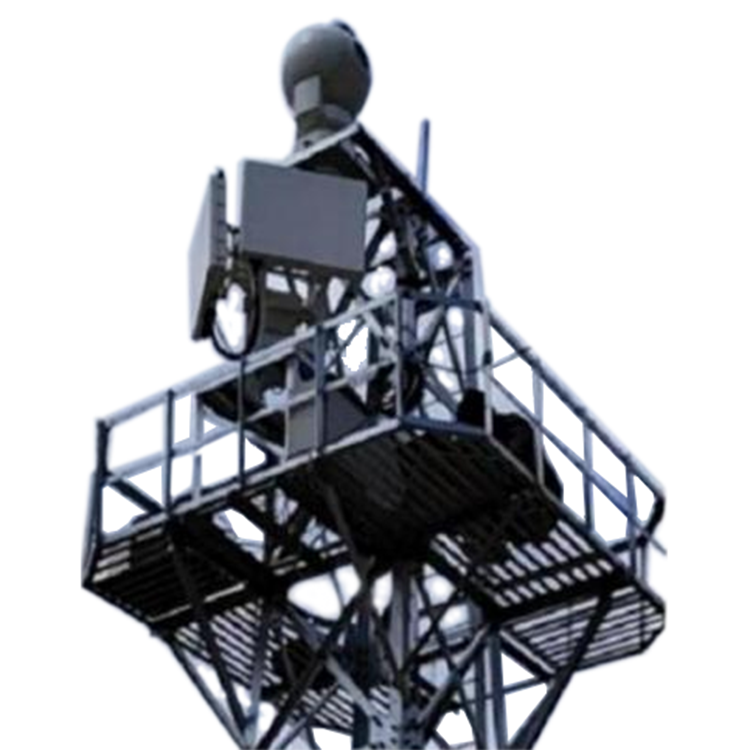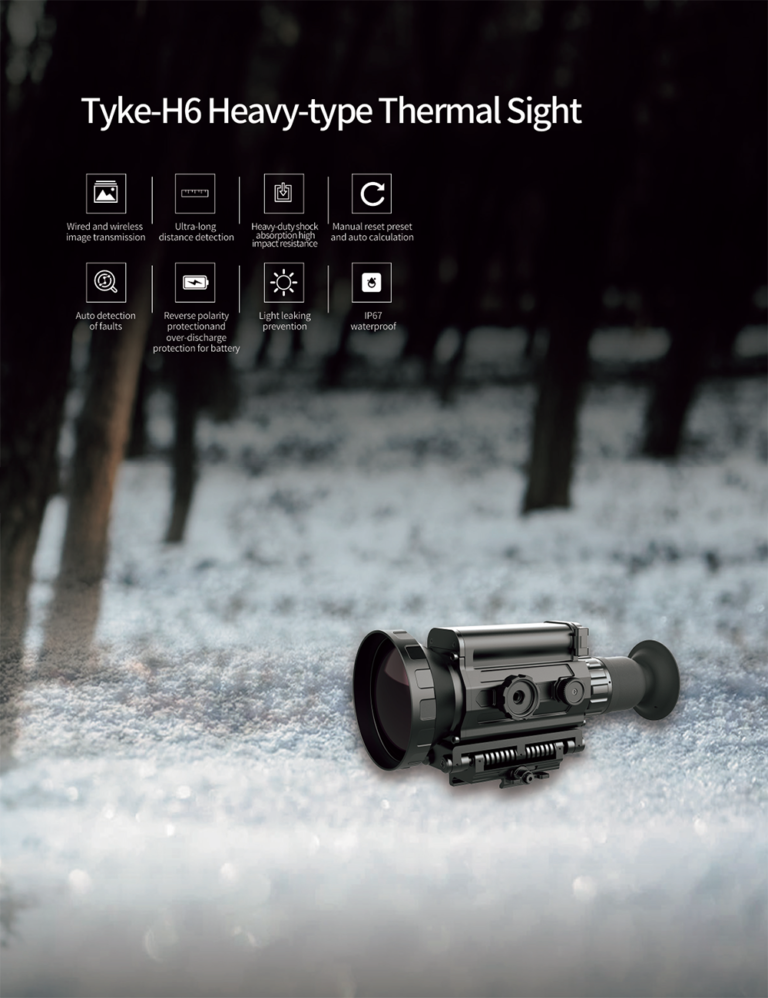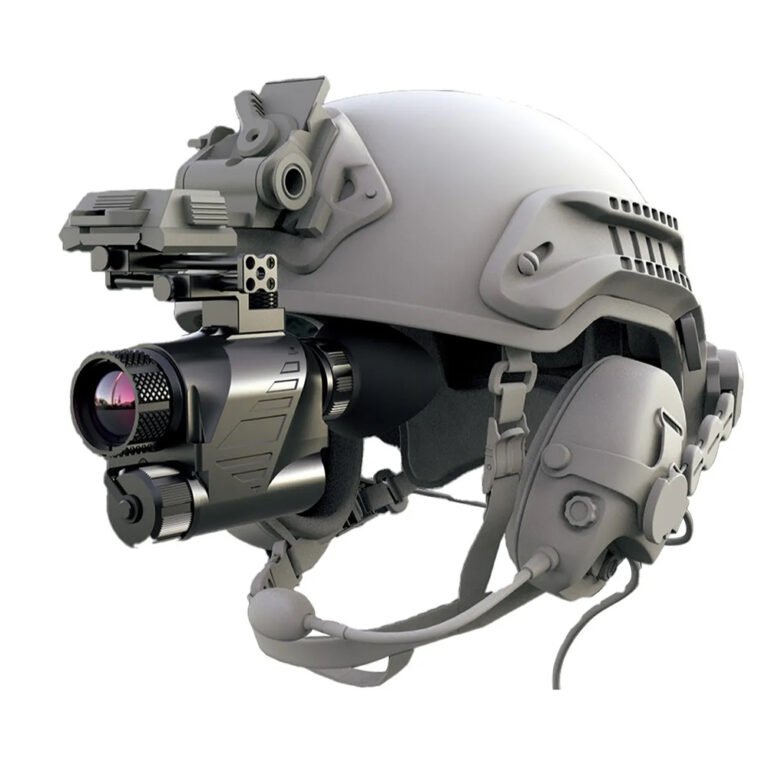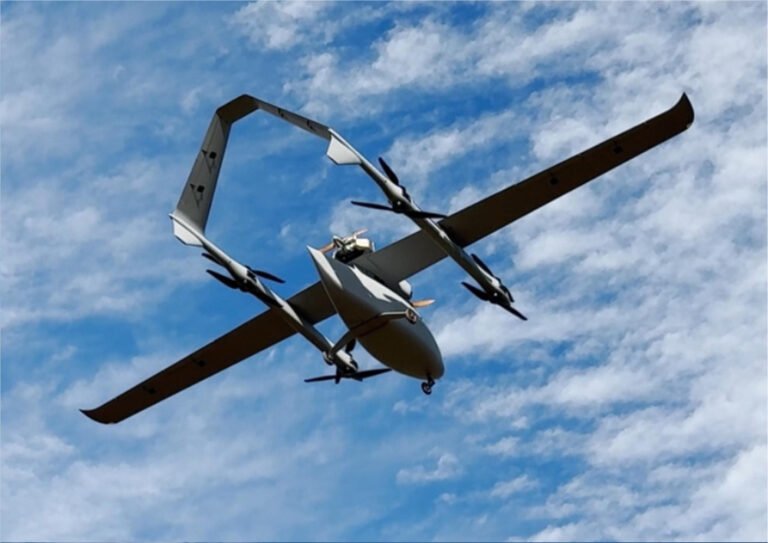Types of Bulletproof Vests and Their Application Requirements
Bulletproof vests, also known as ballistic vests, are essential protective gear used in various fields such as military, law enforcement, and personal security. They are designed to absorb the impact of projectiles and prevent penetration. The choice of vest depends on the specific threats faced and the operational requirements. Here are the main types of bulletproof vests and their applications:
1. Military Bulletproof Vests
- Tactical Vests:
- Description: Provide comprehensive protection for the front, back, and sides of the torso.
- Application: Used by soldiers in combat situations where there is a high risk of gunfire. These vests often come with modular attachments for carrying equipment.
- Special Vests:
- Description: Offer enhanced protection, including coverage for the neck, shoulders, and groin.
- Application: Utilized by special forces and anti-terrorist units during high-risk operations.
- Water-Inflatable Vests:
- Description: Designed with inflatable collars to keep the wearer afloat.
- Application: Used in maritime operations where soldiers may encounter water.
2. Police Bulletproof Vests
- Tactical Vests:
- Description: Similar to military tactical vests but tailored for law enforcement needs with additional features for mobility.
- Application: Worn during patrols, crowd control, or tactical operations to protect against firearms and blunt force.
- Special Vests:
- Description: Provide additional protection for critical areas like the throat and biceps.
- Application: Used in high-threat situations such as SWAT operations or drug raids.
3. Civilian Bulletproof Vests
- Concealed Vests:
- Description: Lightweight and designed to be worn under clothing.
- Application: Ideal for security personnel, executives, or individuals seeking discreet protection against potential threats.
- Overt Vests:
- Description: Worn visibly over clothing and typically bulkier than concealed vests.
- Application: Commonly used by security guards in public events or high-risk environments.
4. Types Based on Protection Levels
- Bulletproof vests are classified according to their protection levels as defined by the National Institute of Justice (NIJ):
- Level IIA: Offers protection against 9mm and .40 S&W rounds; suitable for low-risk environments.
- Level II: Protects against higher velocity rounds; ideal for law enforcement.
- Level IIIA: Capable of stopping .357 Magnum and .44 Magnum rounds; used by tactical teams.
- Level III: Designed for rifle threats; incorporates hard armor plates for military applications.
- Level IV: Provides maximum protection against armor-piercing rounds; used in high-threat scenarios.
Conclusion
When selecting a bulletproof vest, it is crucial to consider the specific application requirements, including the type of threats faced, comfort, mobility, and the environment in which it will be used. Understanding these factors ensures that individuals are adequately protected while maintaining operational effectiveness.






